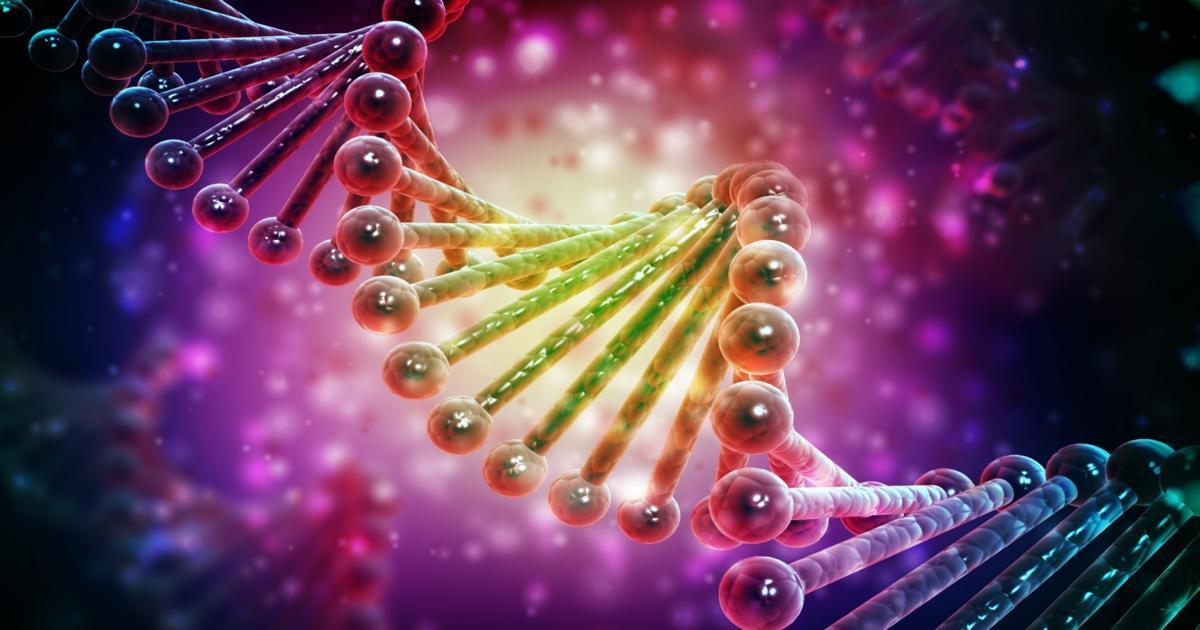What Causes Migraines?
Migraines are severe, recurrent headaches that can cause nausea, vomiting, mood swings, and sensitivity to light, sound, and touch. Migraine headaches normally produce intense, throbbing pain on one side of the head, and they can last for several hours. For some patients, migraines last for up to three days. Current estimates suggest approximately twenty-eight million Americans are affected by migraines, and the condition typically begins during childhood or young adulthood.
Migraines are sometimes preceded by stages known as prodrome and aura. Prodrome occurs one or two days before the migraine itself, and patients in this stage might notice frequent yawning, increased thirst, food cravings, and neck stiffness. Auras occur closer to the time of the migraine and last for twenty to sixty minutes. Auras vary from person to person, and patients could develop uncontrollable jerking, vision changes or vision loss, and speaking difficulties. To diagnose migraines, neurologists begin by taking the patient's medical history and performing physical and neurological examinations. MRI or CT scans may be needed to confirm the diagnosis and rule out other conditions such as infections, strokes, or bleeding in the brain. Treatment options for migraines include pain relievers and medicines designed to reduce the frequency and severity of the headaches.
The primary causes and contributing factors associated with migraines are discussed below.
Genetics

Scientists are currently studying the relationship between genetics and migraines. Current estimates suggest children of parents with migraines have a fifty to seventy-five percent chance of developing the condition themselves. Research on familial hemiplegic migraines, a type of migraine that runs in families, has identified alterations of the CACNA1A, ATP1A2, SCN1A, and PRRT2 genes as a cause of this particular condition. The alterations are inherited through an autosomal dominant pattern, which means patients with only one copy of an altered gene inherit the condition. However, some patients with the inherited alteration never display symptoms of familial hemiplegic migraines. Additional research published in 2013 identified specific substitutions that occurred on the MTHFR gene as factors that increased a patient's likelihood of experiencing migraine symptoms.
Keep reading to learn more about the causes of migraines now.
Imbalances In Brain Chemicals

Researchers believe certain imbalances in brain chemicals could be a contributing factor in the development of migraines. Serotonin is currently recognized as one of the major chemicals that may contribute to migraines. As a neurotransmitter, serotonin helps nerve cells communicate with one another, and it is also responsible for the narrowing of the blood vessels that could increase pain sensitivity in patients with migraine headaches. A Taiwanese study published in 2017 investigated more than five hundred migraine patients found a strong correlation between migraines, depression, and anxiety. Imbalances of serotonin are known to cause depression, and a particular type of migraine known as serotonin migraine is associated with serotonin deficiency. Just before a serotonin migraine attack, the patient's level of serotonin will abruptly rise and fall. Given the association between serotonin and migraine, doctors often prescribe antidepressants such as selective serotonin reuptake inhibitors as part of a treatment program. For women, fluctuating levels of estrogen that occur with monthly menstrual cycles are also recognized as potential migraine triggers.
Uncover more details on the causes of migraines now.
Stress

Some patients find stress causes them to experience migraine symptoms, and stress may also increase the severity of these headaches. Stressful life events such as the death of a family member, unemployment, divorce, or a move could lead to a migraine, and chronic stress at work, home, or school may also be a trigger. For example, patients could experience a migraine due to the stress associated with hurrying to meet a project deadline or with caring for a new baby or a sick family member. Keeping a headache trigger journal often provides valuable information the patient and their doctor can use to plan effective treatment. Patients should write down the date, time, source of stress, and duration of each episode, and it can also be helpful to write down emotions experienced during and after the episode. Adopting healthy coping mechanisms and practicing relaxation strategies may improve stress management and symptom control. Patients might wish to experiment with deep breathing or meditation, and doctors can provide information on sources of community support.
Discover additional causes of migraines now.
Bright Lights And Glare

More than seventy percent of migraine patients experience sensitivity to bright lights and glare during migraine attacks. This sensitivity is slightly more common in young adults under forty years old. Patients affected by lights and glare could experience pain when exposed to flickering lights, flashing lights, or sunlight. High-contrast lights, blue-green light wavelengths, and the invisible pulsations of fluorescent lighting could also be painful for affected individuals. Many patients have more frequent migraines during the summer when sunlight is especially intense. Some patients may find light sensitivity lingers for several days after a migraine attack, and this may be severe enough that the patient needs to wear tinted glasses while indoors. Lying down in a dark room during periods of light sensitivity is often helpful. Patients should always let their doctor know about any new or worsening light sensitivity.
Read more about what can cause migraines now.
Weather Changes

Weather changes could worsen the severity of migraine symptoms for some patients, and they may also cause serotonin imbalances that trigger a migraine attack. Triggers related to weather changes can vary considerably for each individual. For example, some patients may find their migraines are triggered by bright sunlight or glare from the sun, and high humidity, dry air, and extreme heat or cold could lead to migraines for others. Barometric pressure changes and windy or stormy weather may also trigger or exacerbate migraines. Since weather changes are beyond our control, they can often be one of the most frustrating migraine triggers for patients. To make it easier to cope, doctors recommend patients keep a headache diary with any weather-related symptom changes, and patients might want to monitor the weather daily. If possible, staying inside during stormy weather and periods of extreme heat or cold is recommended to reduce symptoms.